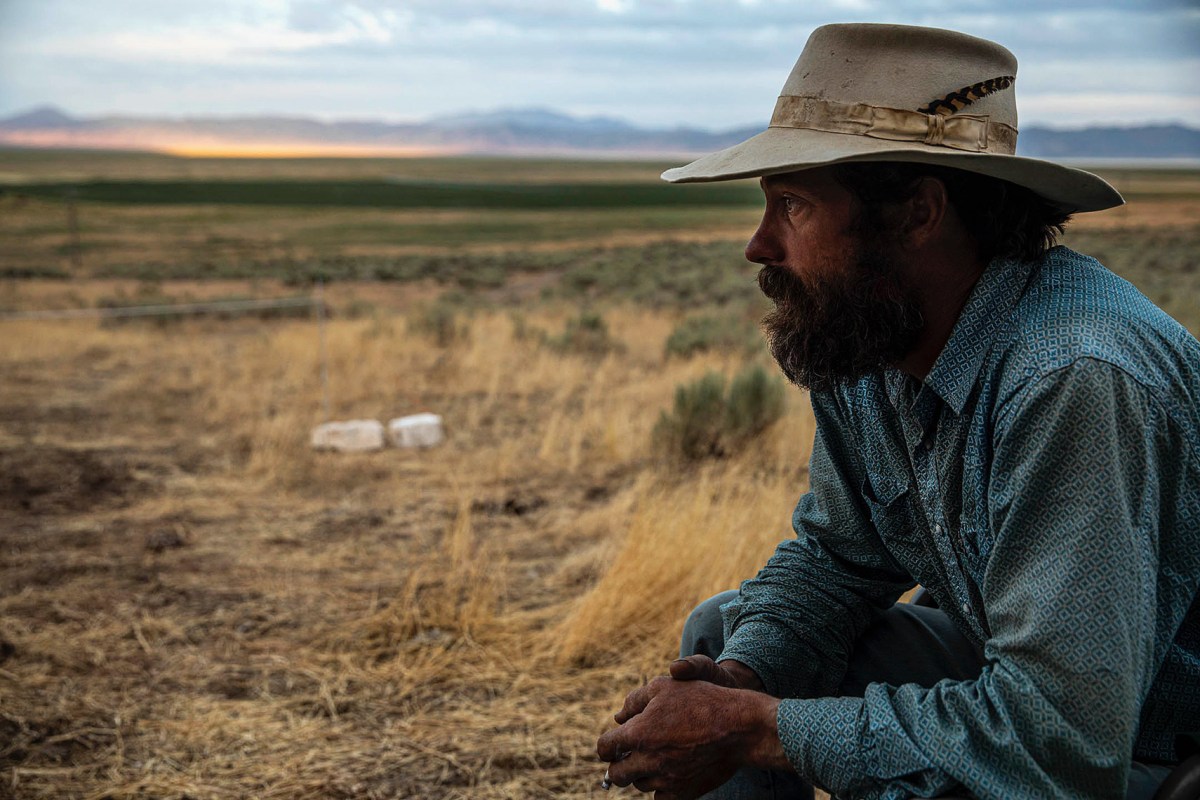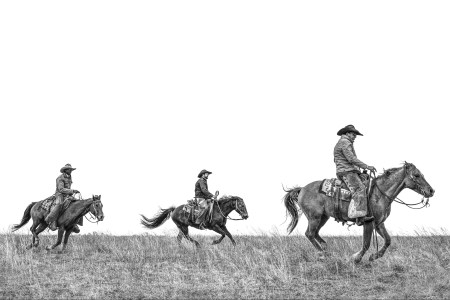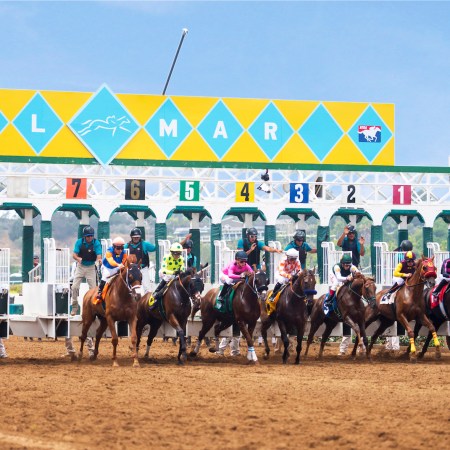Will Grant, author of The Last Ride of the Pony Express, is a horseman through and through. The Santa Fe, NM, resident began riding at age two and now, at 43, one could say that his is a life spent in the saddle. So when a former editor encouraged him to look into the fabled 2,000-mile trail, which began in St. Joseph, MO, and ended in Sacramento, CA, there was only one way Grant considered traveling.
From the spring through the summer and into the fall of 2019, he rode west “to fill in the map for myself,” he says. But while the resulting book is, at first read, a vivid first-person adventure interspersed with historical context, it’s also a portrait of the modern Middle West at the end of an epoch. Agriculture consolidation, small-town decline, water scarcity and a push-pull between conservationists and farmers are changing the composition of the country west of the Mississippi River. On horseback, Grant had a front-row seat to some of its final days, and yet, at its conclusion, he says he’s confident that some things remain, whether in the 19th or 21st century.
“I love to travel slowly,” Grant says, Western lilt to his voice like a shrug. “Slowly” is relative — six months isn’t exactly a casual stroll around the block — but the standard was set by the Pony Express itself, which, via relay stations and riders interspersed across its expanse, would cover the length in 10 days. But “slowly” can also be put into perspective when compared to the duration of the Pony Express’s existence. While the cross-country mail service looms large in the history of the American West, it operated for just over18 months, from April 1860 to October 1861, in part because of its severe overhead cost when compared to its profitability.
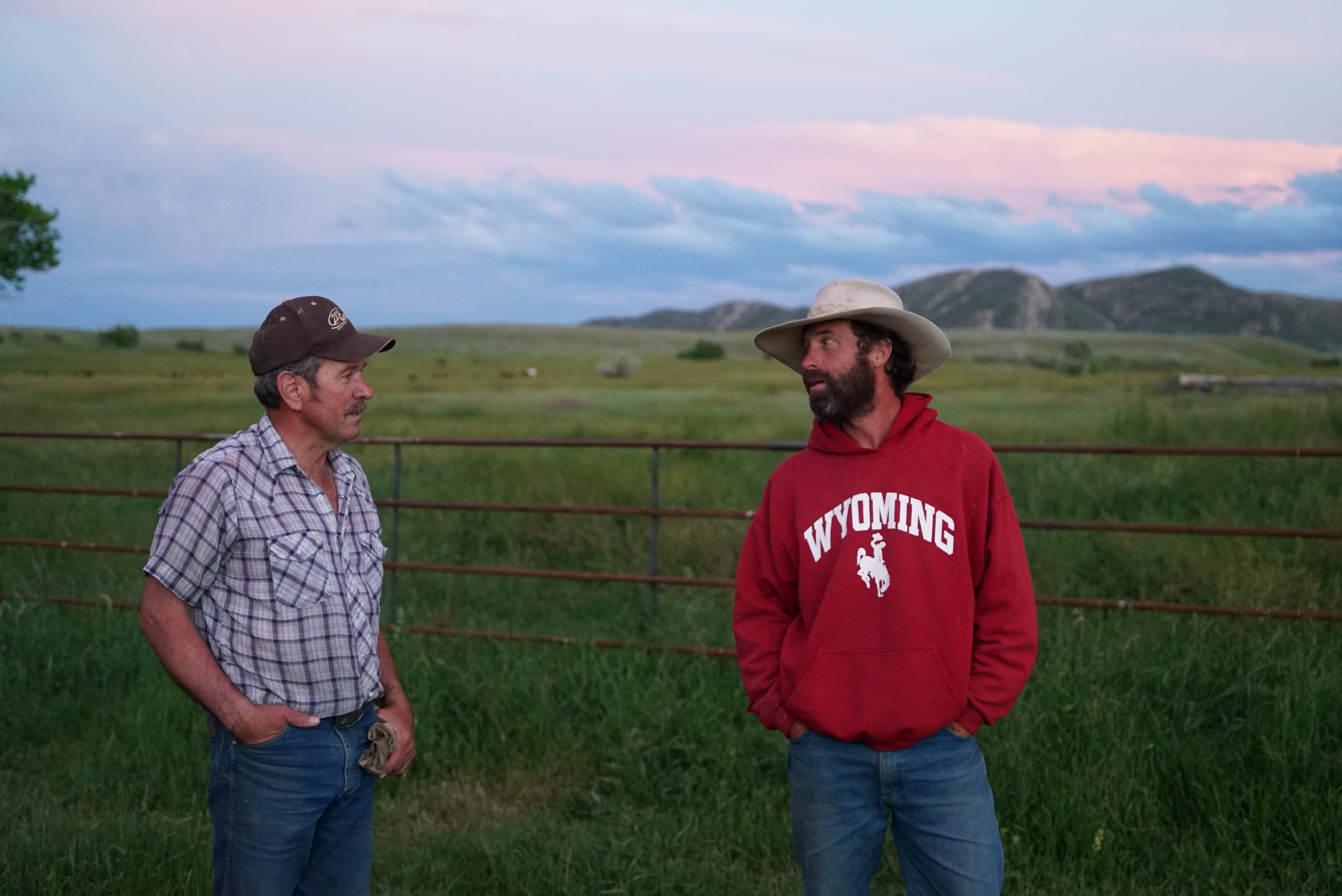
Today, many former Pony Express stations are protected, some through state and federal decree and others by private landowners. Along his journey, Grant stayed at many. But he immediately noticed the same preservation hadn’t extended to the small towns through which he passed. St. Joseph itself “felt like the fading city center of a Midwestern town,” he wrote, and he says the theme was the same in Kansas, Nebraska, Wyoming, Nevada, Utah and California. “You could see where they used to have a main street, and now there’s just nothing,” he continues.
At its most basic, the disintegration of the American small-town way of life is due to population shifts to bigger cities. But the full explanation for these shifts is more complicated, as Grant discovered and as others have reported. According to Lisa Held, the Civil Eats senior staff reporter who covers the intersection between agriculture, the environment and people, it began with farm consolidations in the ’70s and has accelerated to the present day.
Farming has always existed on razor-thin margins, but from that decade on, failing family-owned operations were often purchased and combined into larger and larger parcels, which themselves were funded and governed by corporate structures. On one hand, these mega-farms were more efficient — from 2017 to 2022, 10,000 dairy farms went out of business, while at the same time, milk production increased by 10 million pounds.
A French Photographer Captures the Modern Cowboys of the American West
Anouk Krantz’s gorgeous photo book “American Cowboys” features a foreword by “Yellowstone” creator Taylor SheridanEfficiency, however, means fewer jobs and leaching of profits out of state to investors instead of the local economy. Concurrently, the nationwide food buyers and sellers themselves have consolidated, which increases their power to dictate market prices and further reduce farming profit margin. (At the time of this writing, Walmart, Kroger, Costco, and Albertsons command between 43 to 69% of all grocery sales in the U.S. and Kroger and Albertsons are in the midst of a merger.)
If all this gets heady, its effect is obvious. Held was on the ground in northwest Iowa in 2020 reporting on the hog farming industry listening to massive operations express the need for more space and more people. And yet, in the surrounding community, there was little to attract anyone. Its post office had closed; the nearest grocery store was 30 miles away, and the only way you’d get there was filling up at a single gas station. “[Consolidation] just slowly drains them of people and resources,” she says. “The people who are left are not left with much.”
Grant’s book, read closely, becomes a story of the struggle of people who remain. In Kansas, he spends time with a small dairy farmer and helps deliver a calf. He rests his horses with a cowgirl and her husband in Callao, UT, where the uranium mining boom and subsequent bust has manifested in a subdivision with a single home and the nearest pizza place an hour away. “They used to say for cattle operations that 500 cows could support a family,” Grant, who spent his youth on a family ranch in Steamboat Springs, CO, says. “I don’t think that’s true anymore.”
Another constant subject throughout Grant’s narrative is water. “Definitely the water everywhere was an issue in all different ways,” he says. Some places had good water; some, bad; and others had less and less. Between droughts, irrigation demands, farming runoff, and population booms, water has been commodified. And it will only get worse. “[Phoenix and Las Vegas] are going to run out of water,” he says. “Mark my words, less than 50 years.” Held agrees, citing the fact that agriculture consolidation has shifted the entire dairy industry from historical homes in the Midwest and Northeast, where water is in abundance, to the water-starved West. California, a drought-plagued state that now plays host to some of the biggest dairy farms in the U.S., uses 142 million gallons of water a day on that industry alone.
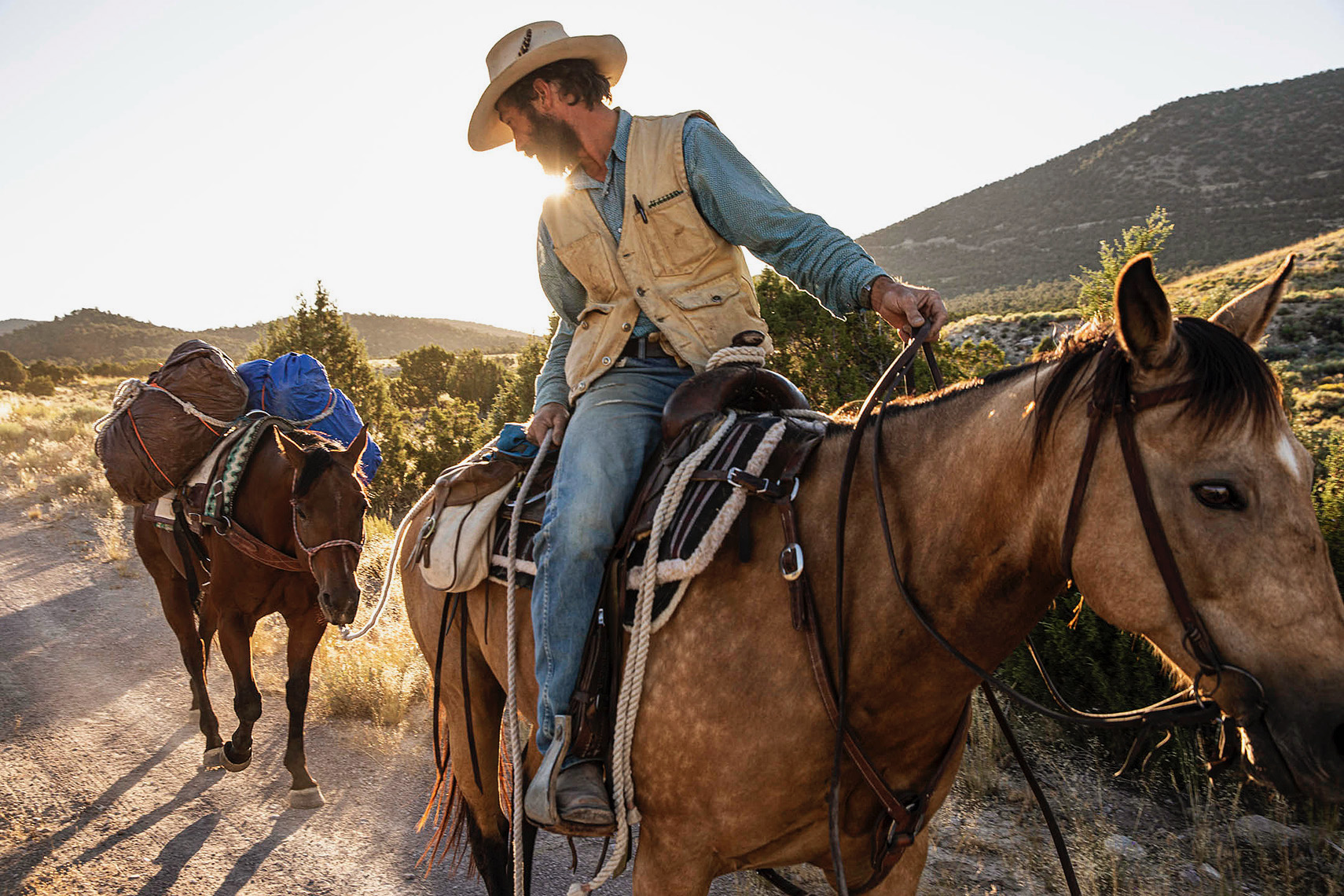
“If you were a planner and looking at the whole U.S., the places we’re putting these farms are literally the opposite of where we should be,” she says. “We’re not making decisions about what we should produce where for the ecosystem. We’re making it based on where we can fit the most and make the most money.”
And there remain pitched battles between environmentalists, activists, farmers and the feds when it comes to species management and land stewardship. Horses, which are not native to the U.S., have proliferated in wild herds, degrading the land and requiring the government to manage their population. Farmers want them gone, saying their grazing is harder on the land than cattle. Others want them to remain, a symbol of the West itself. For Grant, they were a hazard to be avoided, as feral mustangs will often kill domesticated horses. Something has to be done, with all solutions considered, including opening the historic abattoirs. “I had a guy from Kyrgyzstan come to the house earlier this summer, and I was telling him wild horses were a problem. He’s, like, maybe the way to solve it is to bring over a bunch of hungry Kyrgs,” he says, laughing. “I was, like, well, that’s a new one.”
Whether it’s protecting the sage grouse, eradicating cheatgrass, or erecting wind farms, the old model is gone, but the new model has not yet coalesced. “Let’s face it,” one rancher told Grant in Last Ride, “everyone knows you can’t pay for a ranch with cattle anymore.” Held says that the opinion on renewables like wind and solar is mixed. Some see it as a boon, a secondary source of income as well as a practical means of addressing a climate crisis of which they’re on the front line. For others, there’s no interest or outright antagonism. “It’s a real challenge, and it’s a matter of good policy,” she says.
But this is where optimism creeps in. Grant, despite all he witnessed, sees a way through via an indefatigable belief in leadership and emerging technologies. “Eventually enough people come to the negotiating table, backed by sound science, and we will see the way to handle the problem,” he says. “We got smart people working on it.”
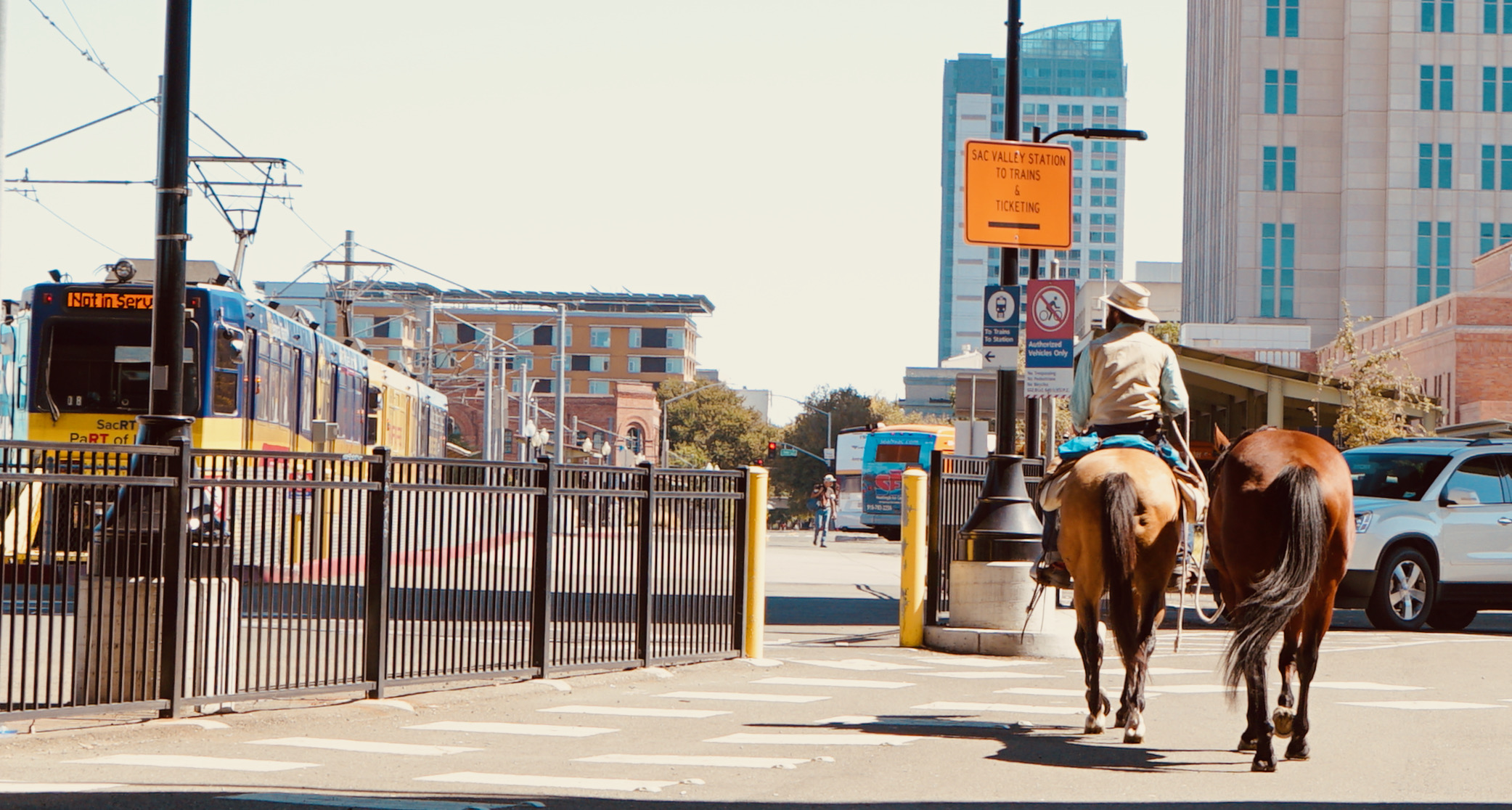
Held herself has seen green shoots of hope. The Biden administration’s infrastructure bill has earmarked funds for widespread broadband internet access, while Elon Musk’s Starlink is increasing its user base. These could open up work-from-home options in rural America, allowing more to remain even if the former jobs have moved. Additionally, the Biden administration has dumped truckloads of cash into rebuilding regional food systems, including funding local slaughterhouses so that small ranchers can process and sell beef to their neighbors instead of the corporations. She’s also seen alliances of small farms forming conglomerates, leveraging collective influence to garner higher prices. Still, progress is tenuous and it’s hard to say if a change of administrations or a reduction of funding will reveal something lasting. “These small farms are so small compared to the size of the people with power in this system,” she says. “It’s hard to see how it gets fixed.”
But with all that is changing across the American West, there are things that have not since the days of the Pony Express through the present. And irrespective of people coming and going, they’ll remain, according to Grant. “These places remain wild,” he says. “That is not changing.”
The Amish persist in their values of the old ways, modernity be damned. And then there’s the cowboy him- or herself. The man or woman on a horse isn’t just a symbol; as long as there are cattle grazing, someone has to put eyes on them to evaluate their welfare and not even a high-tech drone can do it better than someone in a saddle. “You’re always going to need someone out there,” Grant says. “That’s never going to change. Guarantee you.”
This article appeared in an InsideHook newsletter. Sign up for free to get more on travel, wellness, style, drinking, and culture.
